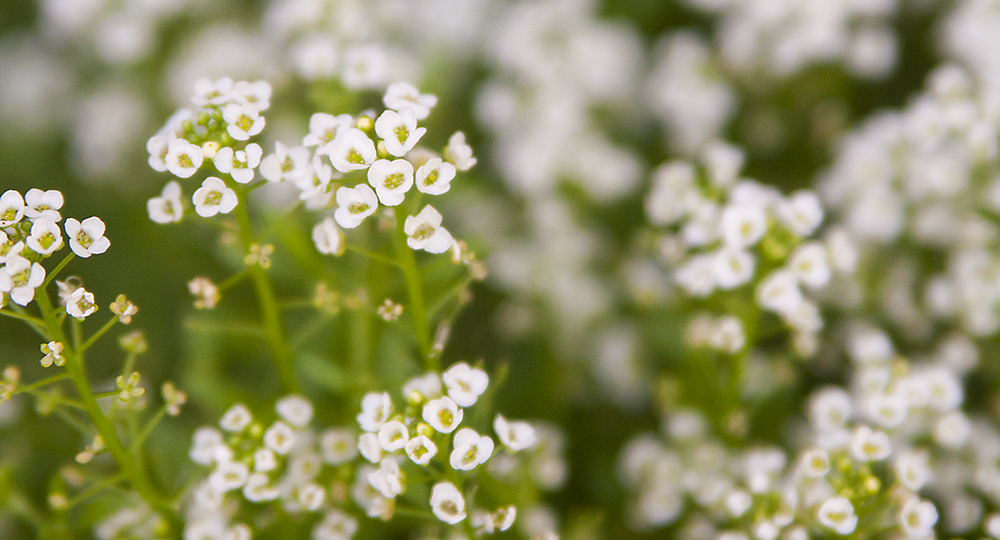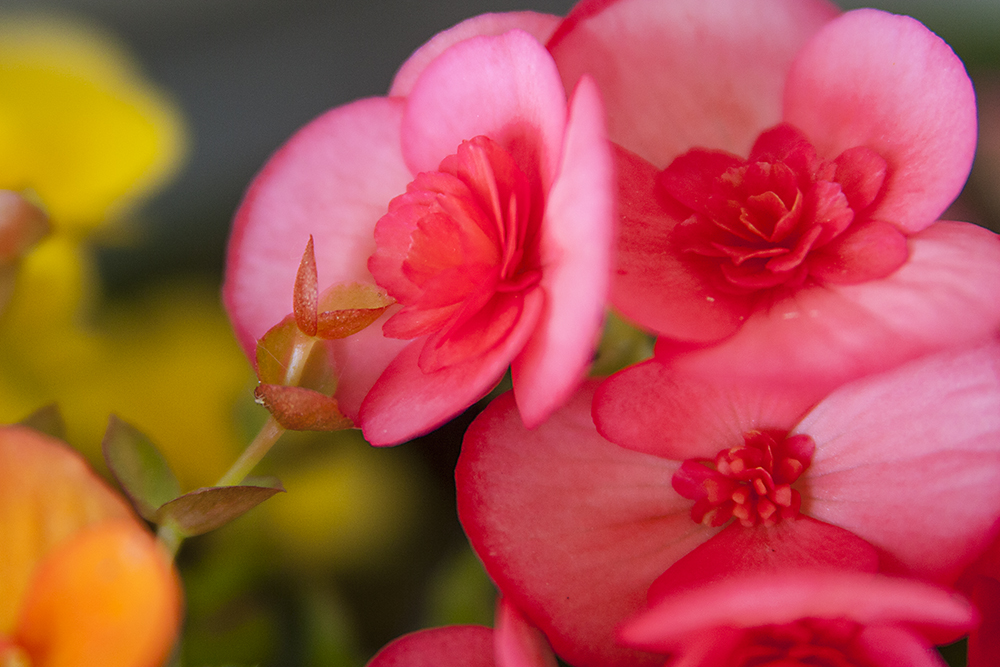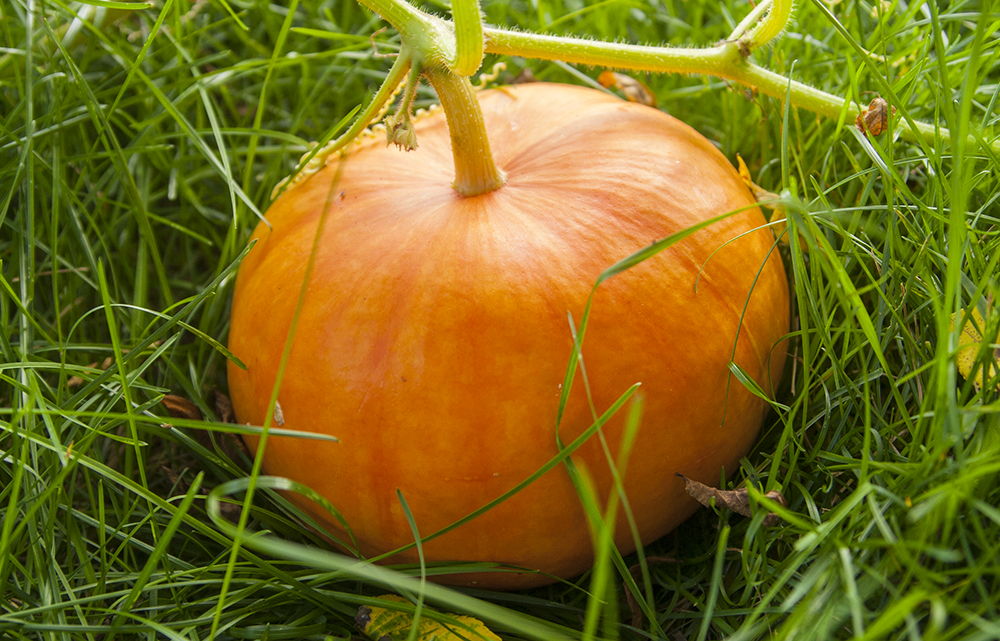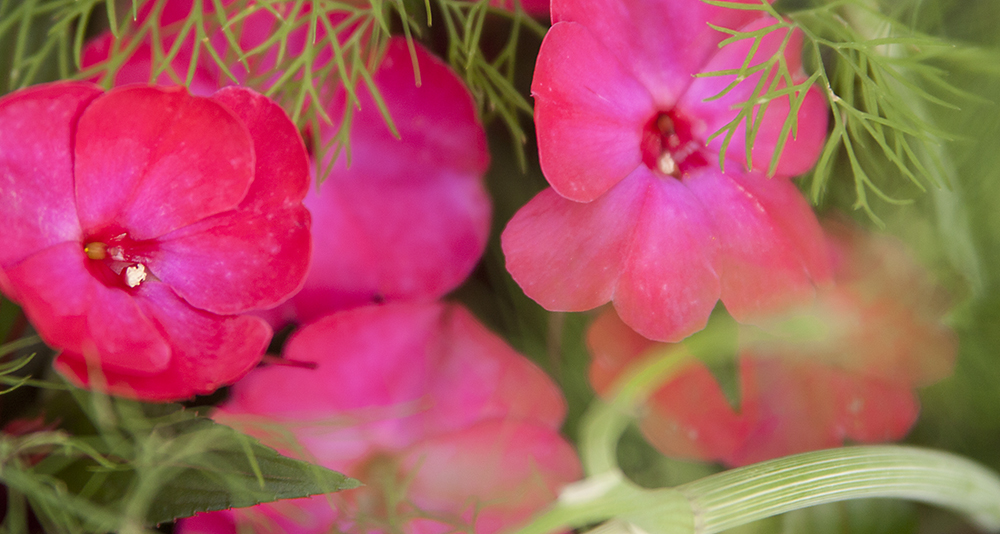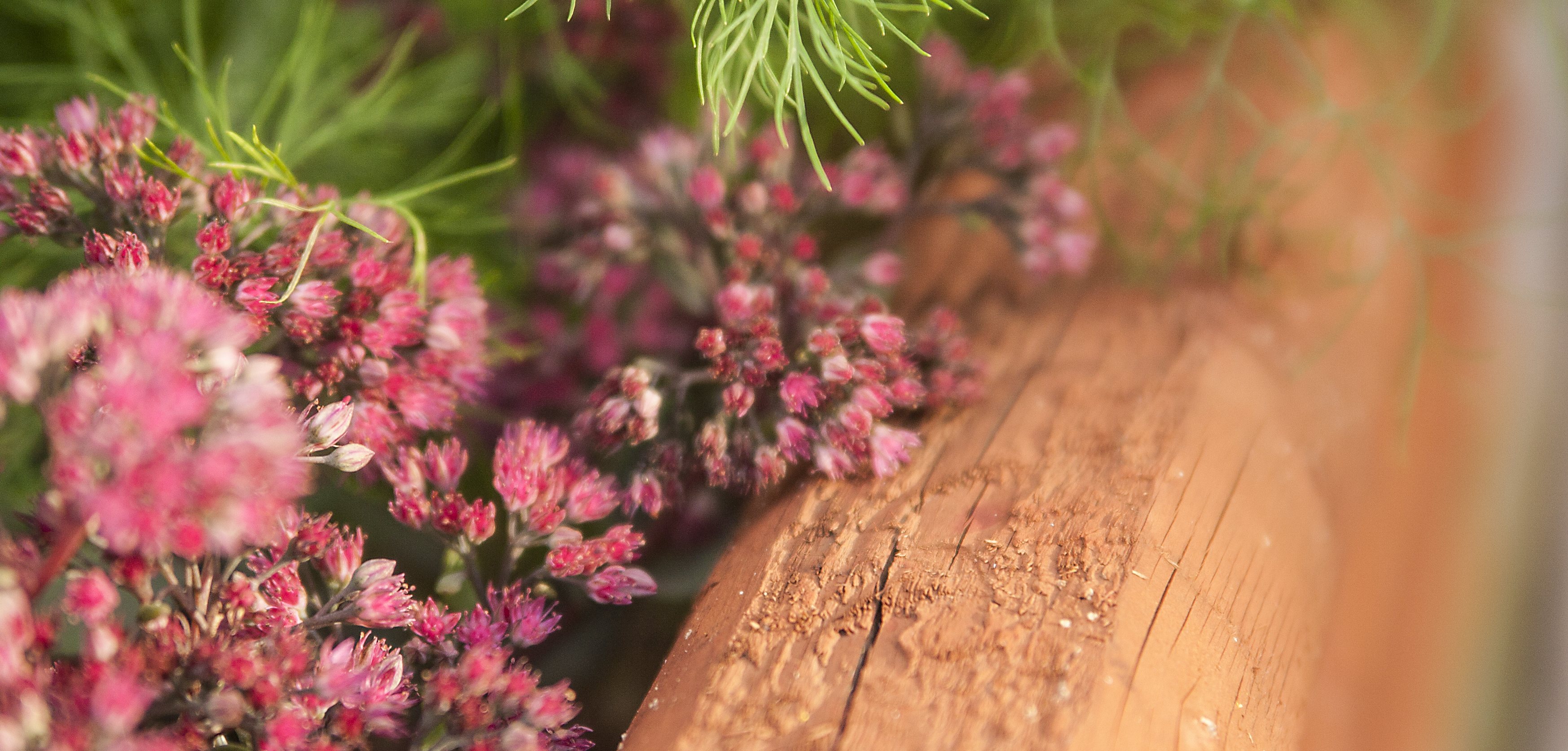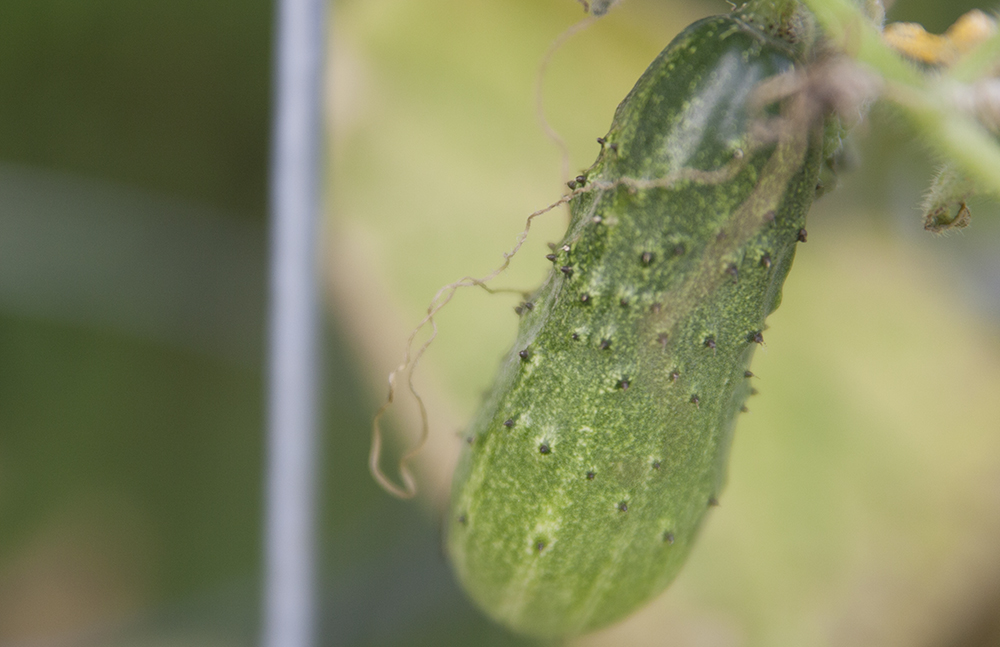last spring i put in gardening boxes at the back of my property, which happened to be under some black walnut trees. my entire crop was pretty much a bust. so, to explain, i’m reposting, with permission, a post on black walnuts and why they don’t play well with other plants.
Black walnut is a common and useful tree that is native to much of North America. The natural beauty and hardness of its wood makes black walnut an excellent choice for furniture and woodworking projects. Unfortunately, black walnut is also the bane of gardeners because of its toxicity to other plants and the amount of tree care it requires.
The roots of black walnut trees produce a toxic substance called juglone which adversely affects plants that are sensitive to it. Plants which cannot tolerate juglone will show symptoms such as yellowing and wilting foliage and they will ultimately die from its toxic effects. It is believed that juglone acts as a respiration inhibitor, leaving plants unable to breathe and sapping their energy.
Juglone is produced in the trees’ roots but is present in all parts of black walnut trees, and is strongest in the buds and nut hulls. The leaves and twigs contain smaller amounts of juglone, but black walnut trees have a habit of continually dropping leaves and nuts from late summer through autumn and this debris only adds to the toxicity problem. Because of the accumulation of leaves and nuts beneath the tree, and also because of rain running off the leaves, the entire drip zone beneath a black walnut tree can be a hazardous environment for juglone-sensitive plants. Some plants that are extremely sensitive to juglone won’t grow within fifty feet of the dripzone of a black walnut tree.
Cutting down the offending black walnut tree won’t solve the juglone problem either. The roots will continue to release juglone into the soil and the area can remain toxic for several years after the tree is gone. A gardener I know removed several scruffy black walnut trees from her backyard to make room for a garden, but even six years later she wasn’t able to grow tomatoes in that area.
The good news is that not all plants are sensitive to juglone. Many trees, shrubs, flowers and vegetables will grow in close proximity to a black walnut tree, although even some of the juglone-resistant plants will struggle if they are directly beneath the tree.
Here’s a short list of some of the more popular plants known to tolerate juglone:
Trees & Shrubs – Eastern redbud, hickories, oaks, most maples, Southern catalpa, red cedar, peach, cherry, nectarine, some plums and pears, Thuja arborvitae, Euonymous species, and most Viburnums.
Vegetables – Squash, melons, beets, corn, carrots, onions, parsnips.
Annual Flowers – Calendula, morning glory, zinnias, fibrous begonias.
Perennials – Hollyhocks, iris, ferns, most daffodils and narcissus, astilbe, crocus, snowdrops, Jack-in-the-pulpit, cranesbill, coral bells, monarda, spiderwort, some hostas.
And wouldn’t it just figure: poison ivy doesn’t mind juglone and will thrive under a black walnut tree.
Plants which are extremely sensitive to juglone and won’t thrive within fifty feet of the drip line of a black walnut tree include hydrangeas, peonies, rhubarb, silver maple, white birches, apple trees, Norway spruce and Mugo pine, mountain laurels, most azaleas, lilacs, blueberries, cabbage and broccoli, peppers, tomatoes, and potatoes.
Juglone-sensitve plants may be grown in containers that are kept near a black walnut tree, so long as they are not directly beneath the tree where leaves and nuts could fall into the pots or rain could drip from the leaves onto the plants.
If you like to garden, black walnut trees would not be a good choice for your landscape. But if the trees already exist on your property, you can still garden if you take a bit of extra care.
Kathy Anderson has been an avid gardener for many years and has grown tomatoes by the acre, along with many other vegetables, flowers and landscape plants. Kathy recommends http://www.freeplants.com as a great place to learn more about gardening. Article provided by http://gardening-articles.com. If you use this article the above links must be active.






